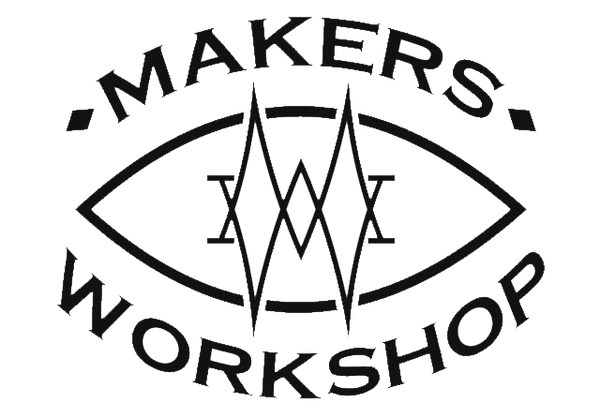Laser cutting is a highly precise and efficient method of cutting various materials with the use of a laser beam. This technology has revolutionized the manufacturing industry, allowing for intricate and complex designs to be created with ease. But how exactly does laser cutting work?
How does a laser cutting machine function?
A laser cutting machine consists of three main components: a laser, a controller, and a material bed. The laser emits a high-powered beam of light that is focused onto the material to be cut. The controller directs the laser beam along the desired cutting path, while the material bed holds the workpiece in place.
What types of lasers are used in laser cutting?
There are several types of lasers used in laser cutting, including CO2 lasers, fiber lasers, and neodymium-doped yttrium aluminum garnet (Nd:YAG) lasers. CO2 lasers are the most common type used in industrial applications due to their versatility and ability to cut a wide range of materials.
How does the laser beam cut through the material?
When the laser beam comes into contact with the material, it heats it up to a melting or vaporization point. The high energy density of the laser beam causes the material to melt, burn, or vaporize, creating a narrow cut. The focused laser beam can achieve extremely high temperatures, allowing for precise and clean cuts.
What materials can be cut with laser cutting?
Laser cutting can be used on a variety of materials, including metals, plastics, wood, fabric, and glass. Different materials require different laser settings and techniques to achieve optimal results. For example, metals may require higher power lasers, while delicate materials like fabric may require lower power lasers.
What are the advantages of laser cutting?
Laser cutting offers numerous advantages over traditional cutting methods. Firstly, it provides a high level of precision and accuracy, allowing for intricate designs and complex shapes to be cut with ease. Additionally, laser cutting is a non-contact process, meaning there is no physical force applied to the material, reducing the risk of damage or distortion. Laser cutting is also highly efficient, with faster cutting speeds and minimal material wastage.
Conclusion
Laser cutting is a powerful technology that has transformed the manufacturing industry. By harnessing the power of laser beams, intricate designs can be created with precision and efficiency. Whether it's cutting metal, plastic, or fabric, laser cutting offers a versatile and effective solution for a wide range of applications.

